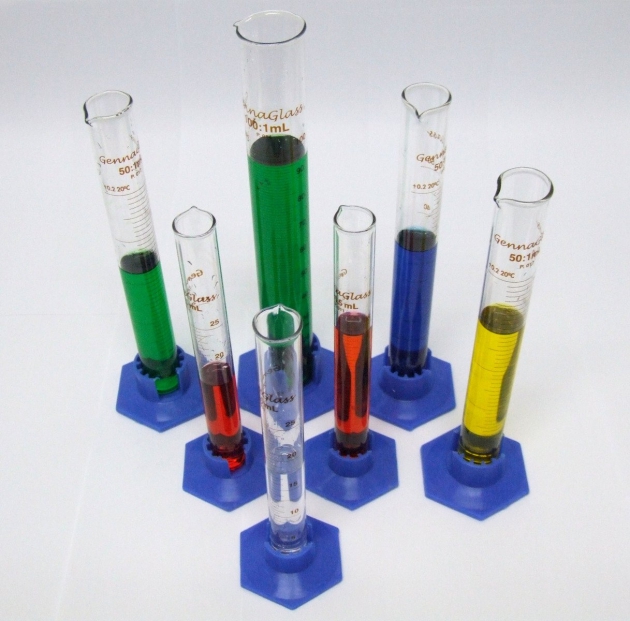With more than 30 years’ experience in the residential and commercial water treatment space, Mark Nelson is a Class 1 Drinking-Water Operator and a CBWA (Canadian Bottled Water Association) Certified Plant Operator. As founder and president of Nelson Water in Ottawa, Mark focuses on dealing with challenging water treatment system designs for problem water. He also heads the largest water bottling plant in the city of Ottawa with a delivery network throughout the Valley.
Groundwater is generally considered to be naturally clean, making it safe for consumption. This is because the water is filtered through the layers of soil, removing many contaminants including disease causing microorganisms. Unfortunately, contamination can still occur if contaminated surface water enters the well, or the casing is improperly installed or becomes broken. It is also possible that your well water can become contaminated if the well has been drilled into fractured bedrock with an inadequate layer of protective soil. Therefore, in order to prevent illness, your well needs to be properly maintained with regular water testing to ensure that it’s safe.
Proper Well Maintenance
To minimize the likelihood of well water contamination, it is vital that your well is properly sited, located, constructed and maintained. A proper well maintenance routine should include regularly checking the well cap to ensure that it is watertight and securely in place. You should also examine the well casing to check that any cracks, connections, and joints are properly sealed. Additionally, pipes and pumps need to be checked regularly.
Well Water Testing
Another aspect of well maintenance that needs to be regularly performed is well water testing. Your water needs to be tested regularly and if you suspect any contamination issues. Most experts recommend well water testing several times a year and if your well water develops a change in colour, taste, odour or clarity. The regular testing and assessment of drinking water ensure that the chemical and microbial safety of your drinking water can be verified.
Microbiological Contamination Testing
Any microbiological contamination that may have occurred during the drilling of a new well can be eliminated with disinfection. This is usually performed by the well driller after construction before a water sample is collected for testing. It is recommended that existing wells are tested periodically every four to six months. The best times to sample the well water is when there is the highest probability of contamination. This is usually in early spring after the thaw, following heavy rains, after an extended dry spell or after a prolonged period of non-use.
Depending on your province, bacteriological testing is completed by a certified private laboratory or provincial health laboratory. Samples need to be collected in a sterile, clean sample bottles and the testing lab will provide collection instructions.
Interpreting the Test Results
Microbiological water quality is determined by looking for indicators of farcical contamination or total coliforms. Total coliforms are naturally occurring in the soil and in the digestive system of humans and animals. This means that the presence of total coliforms in water supplies may indicate fecal contamination that can cause a risk of illness.
According to Health Canada guidelines, drinking water should have no more than 10 total coliform bacteria per 100 millilitres of water. If the testing shows higher levels, corrective action needs to be taken immediately. Water with less than 10 total coliform bacteria per 100 millilitres is considered safe to drink, but it is important to detect the cause of contamination, take appropriate corrective action and re-sample the water.
If you have concerns about your well water quality, you should consult a professional water treatment specialist. A fully CWQA certified technician can not only test your water for contaminant levels, but recommend systems that provide the highest standards of water treatment.

